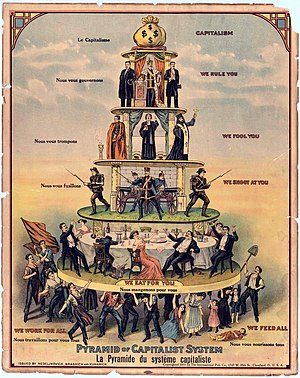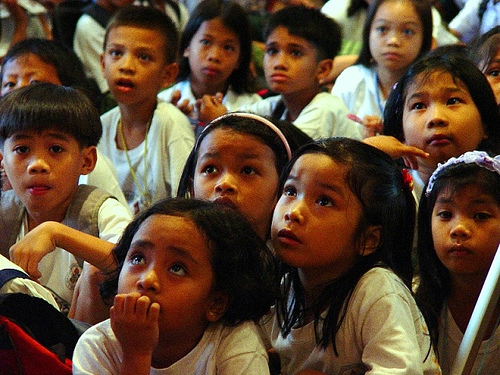 For my second post at Next Billion, I wrote about a company called Simpa Networks. Simpa was founded by Jacob Winiecki and Mike MacHarg, two people I have known since I started out in the development game. Here is a tangential story about the smallness of the world.
For my second post at Next Billion, I wrote about a company called Simpa Networks. Simpa was founded by Jacob Winiecki and Mike MacHarg, two people I have known since I started out in the development game. Here is a tangential story about the smallness of the world.
I used to work for a consulting firm in Boston. I wanted to work in development but wasn’t sure how to get in the door. I knew I was interested in solar energy and read about a lot of exciting things revolving around energy solutions in the developing world. I went on NextBillion, a blog about market-driven solutions to poverty alleviation, and looked up posts on solar energy. I came across a post on a Brazilian NGO called Ideaas, an organization that focuses on clean energy for the poor. Mike MacHarg had posted a comment about integrating micropayments into the Ideaas business model. He had a Duke email address, so I reached out to him to talk about what he was doing. He happened to be passing through Boston on the way to a wedding in Vermont, so we met up for coffee. He introduced me to Jacob Winiecki, who he’d been working with at Arc Finance, another NGO focusing on rural energy delivery. We talked on the phone, I told him I was applying to Kiva. Arc Finance, as it turned out, was trying to work with Kiva to get an energy loan portfolio going on the website. They were piloting a solar lantern program with an MFI in the Philippines and wanted to get the loans up on Kiva’s site.
 A month later I was accepted to the Kiva Fellows program and given my assignment in the Philippines. As it turned out, I was placed with NWTF, the very same MFI that Arc Finance was doing a pilot with. So, when I got down to Bacolod, I worked together with Kiva, Arc Finance, and NWTF to get the loans up on the website. We were the first MFI in Kiva history to post clean energy loans.
A month later I was accepted to the Kiva Fellows program and given my assignment in the Philippines. As it turned out, I was placed with NWTF, the very same MFI that Arc Finance was doing a pilot with. So, when I got down to Bacolod, I worked together with Kiva, Arc Finance, and NWTF to get the loans up on the website. We were the first MFI in Kiva history to post clean energy loans.
Now, things have come full circle. Jacob and Mike started Simpa, and I am writing a profile on the company for the website that started the cycle a year and a half ago. You can read my full piece here. Below is the transcript of an interview I had with Jacob Winiecki to write the piece.
Continue reading →
 The following was originally posted on NextBillion. It is the first post in a two-part series about social enterprise incubators.
The following was originally posted on NextBillion. It is the first post in a two-part series about social enterprise incubators.
 This is the second of
This is the second of 


 The following is the full transcript of an interview with Mark Ruiz, the founder of
The following is the full transcript of an interview with Mark Ruiz, the founder of  The other day a friend put me in touch with a friend of his who had just moved to Accra. She works the
The other day a friend put me in touch with a friend of his who had just moved to Accra. She works the 
 For my
For my  A month later I was accepted to the Kiva Fellows program and given my assignment in the Philippines. As it turned out, I was placed with NWTF, the very same MFI that Arc Finance was doing a pilot with. So, when I got down to Bacolod, I worked together with Kiva, Arc Finance, and NWTF to get the loans up on the website. We were the first MFI in
A month later I was accepted to the Kiva Fellows program and given my assignment in the Philippines. As it turned out, I was placed with NWTF, the very same MFI that Arc Finance was doing a pilot with. So, when I got down to Bacolod, I worked together with Kiva, Arc Finance, and NWTF to get the loans up on the website. We were the first MFI in 


